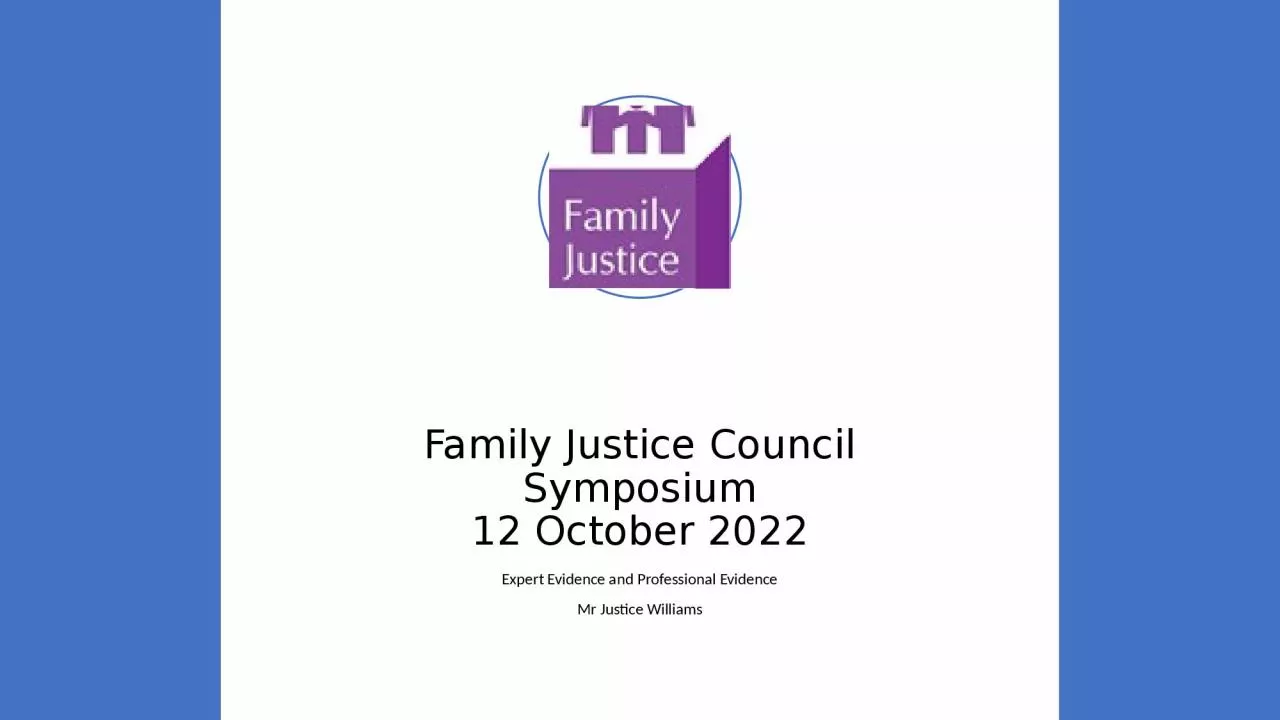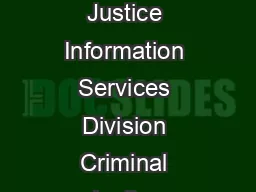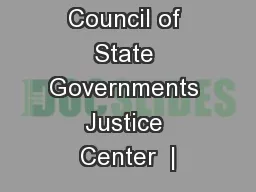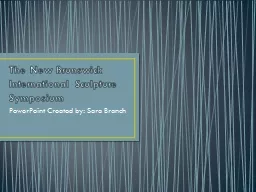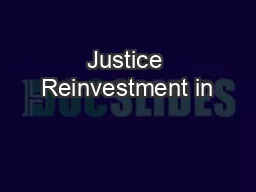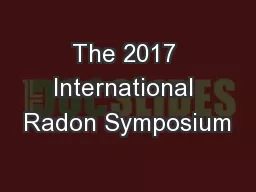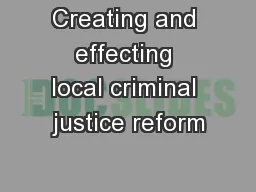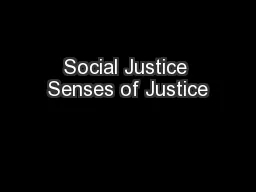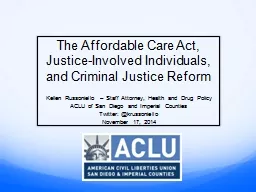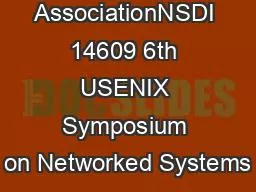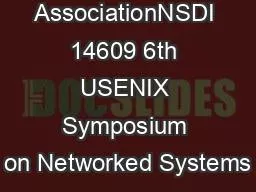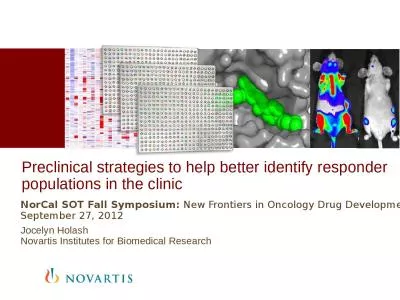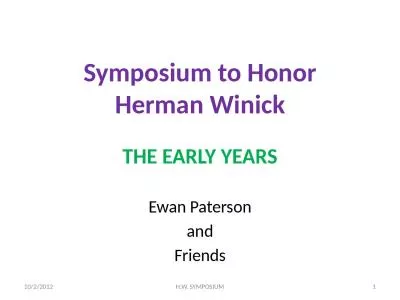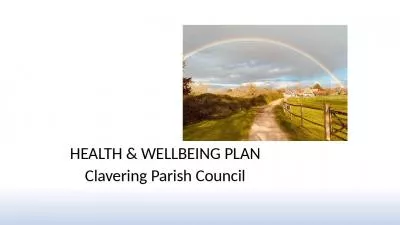PPT-Family Justice Council Symposium
Author : dora | Published Date : 2024-03-15
12 October 2022 Expert Evidence and Professional Evidence Mr Justice Williams Content Context Who is an expert and what is expert evidence Admissibility of expert
Presentation Embed Code
Download Presentation
Download Presentation The PPT/PDF document "Family Justice Council Symposium" is the property of its rightful owner. Permission is granted to download and print the materials on this website for personal, non-commercial use only, and to display it on your personal computer provided you do not modify the materials and that you retain all copyright notices contained in the materials. By downloading content from our website, you accept the terms of this agreement.
Family Justice Council Symposium: Transcript
Download Rules Of Document
"Family Justice Council Symposium"The content belongs to its owner. You may download and print it for personal use, without modification, and keep all copyright notices. By downloading, you agree to these terms.
Related Documents

